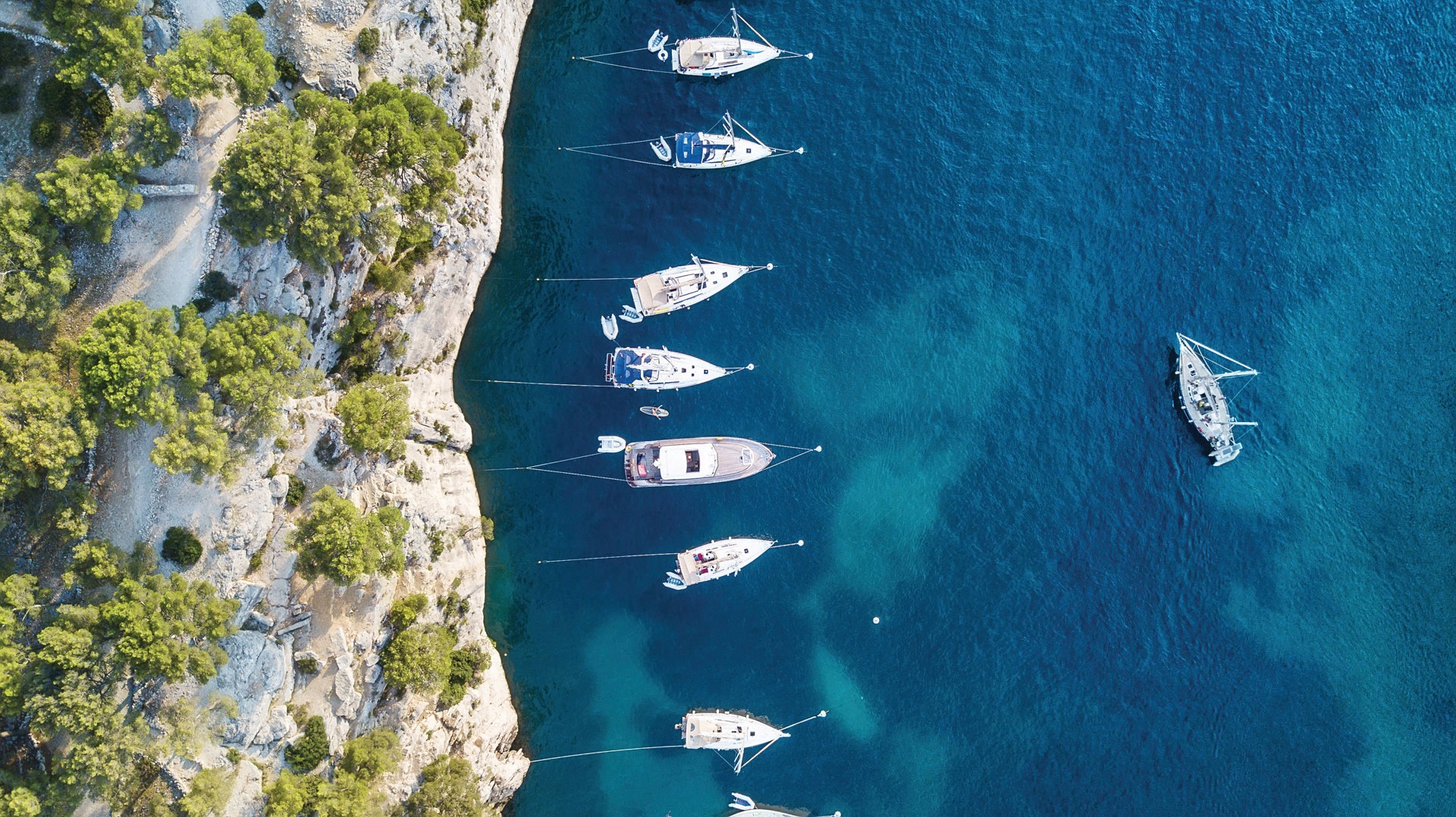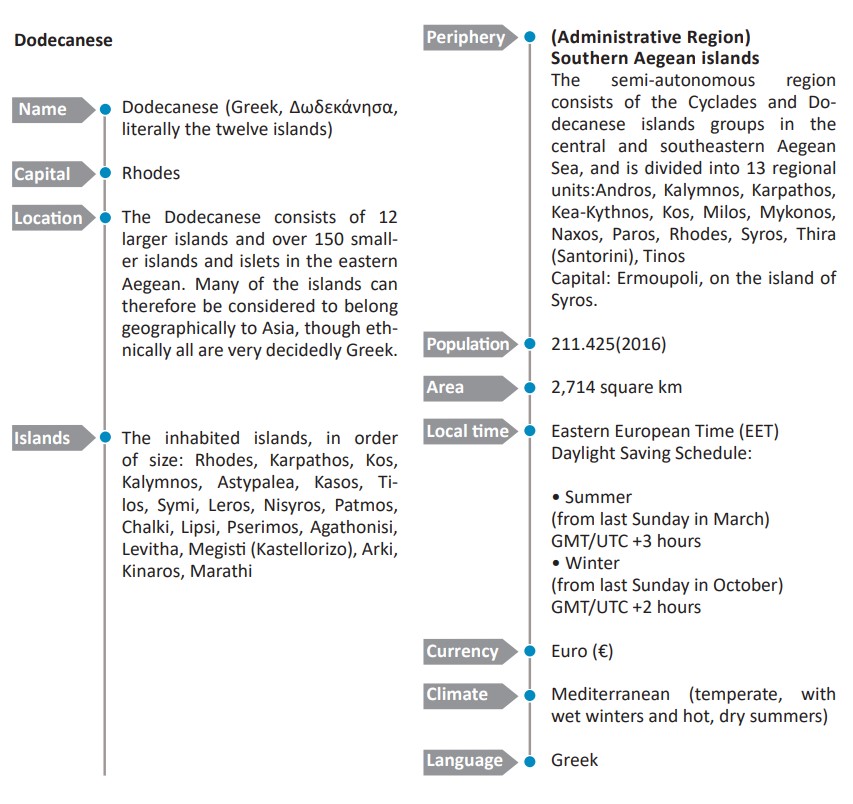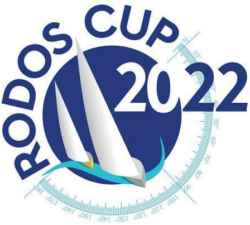General


Facts & Figures

Introduction
Located in the southeastern part of the Greek islands, the Dodecanese has always served as a bridge between East and West during its long and eventful history. Characteristic properties of both worlds can be found here, with the footprints from Greeks and Romans to crusading medieval knights, and Byzantine and Ottoman rulers to 20th-century Italian bureaucrats. Still, the Greek character until reunification with the motherland after the 2nd World War remained preserved and unadulterated.
Each one has its own character and all offer opportunities for relaxation, sightseeing, adventure and culinary delights – with a backdrop of beautiful beaches.
Whether traveling with family or friends, you’ll find the island that’s right for you. Some Dodecanese islands are extremely popular, like Rhodes and Kos, and others have a virgin charm, like Kalymnos, Symi, Kastellorizo, Kassos, Karpathos, Astypalea, Halki, Lipsi and volcanic Nisyros. And then there’s Patmos, the Jerusalem of the Aegean, famous as the place where 13 St John wrote the Bible’s Book of Revelation.
The islands gained independence from the Ottoman Turks in 1912 and formed the Federation of the Dodecanese Islands. However, they were occupied by Italy soon after, and only became part of the modern Greek state after the Second World War. In 1947 they were ceded to Greece.
Several of the islands have a distinctly Dodecanese culture, most obviously apparent from the architecture of its old houses and churches,local cuisine and unique features such as choklakia mosaics. Other cultural traditions, such as local costumes, dialects, music and dances, are becoming less easy to find, except in folklore museums and at special events. The Italian occupation, during which the Greek language was forbidden, also had an effect on local culture.
And as the great Greek writer Stratis Myrivilis says “All the seas of the world are Greece...” .

History of the Dodecanese islands
The Dodecanese islands is an island complex with a perfect geographical position that has been the key to the crossing of many civilizations and cultures. The first inhabitants in the Dodecanese history are said to be the Telchines and Iliads. Much later the Cares and Achaies arrived and according to Homer, they took part in the Trojan War. After the fall of Troy, the monarchy was no longer established and this brought many intermarriages with the Dorians.
Those Greek islands are known since the Greek antiquity and no civilization has ever questioned their Greek origin. The Greeks inhabit the Dodecanese in the 14th century and up to this day, excavations have brought to light 18 settlements of Achaia on 8 islands of Dodecanese complex and other Mycenean findings of exceptional value. In the years of Dorians, the three cities of Rhodes Island, with Kidnos and Alikarnassos formed a political-economical league with a religious character, the Dorian settlement.
The Dodecanese was the birthplace of the great philosopher Kleovoulos the Lindian, the founder of Medicine Hippocrates, Theocritus, one of the best literate figures, known for his bucolic poetry and hundreds of other chosen personalities in the arts and letters. During the Roman years, Rhodes forced the Romans to come into terms with the maritime law, the first maritime law in world history, while Kos Island initiated them to the Hippocratic medicine and the fundamental laws of nature.
During the Byzantine years, the inhabitants ofthe Dodecanese followed Christianity.In the centuries that followed, they suffered a lot from the Persians, Arabs, Venetians, Genouates, and Ottomans. Under these circumstances, the inhabitants were forced to abandon their houses and retreat to the mountainous regions. After the first Crusades and the indulgence of the privileges from the Pope, the order of Knights of Saint John started was developed as a strong military and political power.
In 1312 AC the order of Knights occupies Rhodes and the rest of its neighboring islands. Rhodes was greatly influenced by the western culture and its port became one of the most important trading centers in the Dodecanese. During that long period, Rhodes shined in art, sculpture, architecture, and letters. The order of Knights fortified the whole town of Rhodes with strong walls to protect the Aegean from the Turkish invasions.
In 1523, with the arrival of sultan Souleiman, Dodecanese is no longer under the rule of the Knights but under the Ottoman occupation. This is one of the darkest periods in the Dodecanese characterized by terror and destruction. The churches are turned into mosques and personal belongings are damaged. Above all, their act of participation in the Greek revolution was greatly punished with slaughters and holocausts.
In 1912, the Ottomans sold the Dodecanese islands to the Italians and a new period of occupation starts. Although the Italians made many public works, including ports, official buildings, and even restored the Medieval Town of Rhodes, the locals were always fighting for their independence. Finally, in 1947 with the Treaty of Paris, the Dodecanese islands became officially part of Greece.

Position of the Dodecanese islands
The Dodecanese or Dodekanisos is the name of the island complex in the south eastern Aegean. They are situated between the islands of Crete, the Cyclades, lkaria, Samos and the Asia Minor seaboard.
All islands of the Dodecanese are connected to the mainland and other islands daily by ferries, while there are also regular flights to the larger islands. The two largest islands, Rhodes and Kos, have a cosmopolitan flair and are literally bursting with life. In the immediate vicinity, however, there are smaller islands with completely different characters and easy-going atmosphere, where the visitor is pleasantly surprised.

Geophysical condition of the Dodecanese
Apart from the twelve main islands of the Dodecanese, which gave the name to the island complex (Rhodes, Astypalia, Kalymnos, Karpathos, Kasos, Kos, Leros, Nysiros, Patmos, Symi, Tilos. Halki), the islets of Lipsi (16 square km), Pserimos (14.6 square km), Agathonisi (13.4 square km), Sari a (11 square km), Kastellorizo (9.1 square km), Levitha (9 square km), Giali (6 square km), Kinaros (4.3 square km) among other islets, barren islets and rock peaks, all constitute the group of islands known as the Dodecanese.
Sea shells and crustacean fossils which are found on top of mountains indicate that the formation of this island chain, either wholly or partly, occurred under the surface of the sea. During lengthy and complex geological upheavals, dry land emerged only to be, to a great extent, re-submerged some 3-4 million years ago, leaving only the mountain tops of “Aigaiida” above sea level to form today’s Aegean Islands.
The Dodecanese climate is of a transitional type and ranges from temperate to dry tropical climates which is characterized with lots of sunlight and an extended dry summer period.

Dodecanese Fauna & Flora
Forests and bush lands of pine, cypress, wild olive, cedar, mastic. arbutus bush and holly together with a variety of annual and long-lasting turf, aromatic plants (oregano, thyme, lavender), carob and olive trees, all make for a rich mosaic of plant varieties. Often on the islets unique plant and animal species have been observed (especially reptiles and invertebrate), remnants of an isolated evolution and adaptation to the unique conditions, which were created when these islets were cut off from the larger islands.
At the same time these islets, from which both human beings and land meat eaters are absent, serve as refuges for ancient species which have disappeared with the passage of time from other areas. Fossil findings, which show the different evolution of animal species on these isolatedecosystems, aren’t rare, a prime example being the dwarf elephants of Tilos.
The many caves, crevices in the rocks, high rocky formations, and dangerous dins all serve as refuges for rare species of birds such as birds of prey small hawks, wild pigeons, herons and cormorants. Also, due to their geographical position, the islands are a stopover for migrating birds. Tens of millions of these birds visit the islands each spring and autumn.
Quite surprising is the rich sea life found in the Dodecanese seas. The rare Mediterranean seal finds refuge in the coastal caves, together with the dolphins, turtles, many varieties of fish, mollusks and crustaceans which form the rich ecosystem of the Dodecanese Sea. Every single island and islet are of itself a unique natural museum. This of course favors the development of special types of tourism. For example, only the island of Kassos boasts 450 plant species, which is more than exist in the whole of Holland.

Dodecanese Diet
The inhabitants of the islands keep to a traditionally light diet. They find nourishment mainly in vegetarian food (vegetables, greens), dairy foods (which are prepared even today by traditional methods), honey of exceptional quality as well as in fresh fish which are cooked according to traditional local recipes.
Rhodes, the first island in the Aegean to make wine, has dozens of vineyards and plenty of excellent wine for you to enjoy. In the island’s villages, local dishes await you and the desserts are just as memorable. Particularly noteworthy is melekouni (a sesame bar with honey), served at weddings and baptisms. On Kasos, you’ll never tire of mizithra (the traditional cheese) and on Kalymnos you’ll eat mououri (lamb stuffed with rice), like the Dorians. On Symi, don’t leave without sampling the fried shrimps (small, flavorful and spiked with chili flakes).

Activities of the inhabitants
The traditional occupations of the inhabitants in the Dodecanese are farming, animal farming, fishing, sponge diving and trading due to the advantaged position of the islands which lie between Europe, Asia and Africa. For the poorer islands a source of income and therefore development was the monetary exchange coming from Dodecanese emigrants and shipping. Today, the main activities of the inhabitants have to do with tourism. However, many of the traditional occupations still survive such as stone masonry, carpentry and ship building and the women have never ceased producing exceptional textiles, knitted handicrafts and embroideries.
The European Union and the Greek government support development through special programs, which are helping the islands to participate in the new economic reality.

The cultural treasures of the Dodecanese
The Dodecanese islands have a rich history, visible throughout the island chain in the form of ancient citadels, castles, museums and important archaeological sites and monuments. Among them are Rhodes’ acropolis (Monte Smith) with its Doric temple and ancient stadium, the ancient acropolis of Lindos, Ialyssos and ancient Kamiros. On Karpathos, visit ancient Vroukounda and Arkesia and the palaces of Doric Nisyros on the islet of Saria.
Make time to tour exhibits and monuments wherever you travel in the Dodecanese islands: on Rhodes, the Palace of the Grand Masters, the Archaeological Museum and the Aquarium; on Patmos, a stately home that has been converted into an exceptional gallery (the Nikolaidis mansion) and don’t miss out on the Volcanic Museum on the island of Nisyros.

The Benefits of Having an Active Holiday
We are living in a digital age, surrounded by amazing technolo - gy solutions. All these innovations have eased our lives, but they have also made many people for - get about fitness activities. In ad - dition, there are too many people who are focused on work which results in complete lack of phys - ical or any other activity besides work. This is surely a good way to ruin your own health. One thing that must be practiced by every individual is to go on a holiday at least once a year. When we talk about holidays, we can say that there are two groups of people who have their own definition of holidays. The first one consists of people who want to sleep most of the day and use the rest of the time to visit restaurants and to lie on a beach. The second group of people includes people who want to have fun vacations and to en - gage in activities that can actually make a difference in their lives. In other words, they want an active holiday.
If you belong to the second group of people you should defi - nitely consider visiting Greece. Greece offers you a great variety on local activities especially in the area of the Yachting and Sailing Activities, Scuba Diving & Snorkeling.
Sailing tours are usually organized on a daily basis. The route may change, depending on the weather as most times it is the wind that defines the cruise. With safety always in mind, the captain of the boat sets sail from the port or from another pre-arranged pick-up point where the group can come aboard and start their sailing holiday adventure

Maritime tourism in the Dodecanese
The Aegean Sea, linked to timeless myths and centuries of history, with the Dodecanese islands constitutes one of the main poles of attraction in Greece for travelers who love water sports, sailing, yachting, cruises. The meltems (known as Etesian winds since antiquity) blow throughout the summer for the joy of lovers of sailing and, why not, a real challenge for fans of adventure and sport sailing. Countless competitions like the Aegean Regatta and water sports championships like kitesurfing and windsurfing are organized here every summer, which sees the arrival in our region of athletes from around the world.

Sport Sailing/ Yachting - Events
The Dodecanese region is the ideal place for sailing. Sunny days with a steady cool wind offer wonderful sailing experiences for more than eight months a year. In one of the cleanest seas in the world, and with as a background the incomparable beauty of the Greek islands. Each island provides the security of the infrastructure of a Marina or a port shelter always framed by the warm hospitality of their people.
In this area are held by the Athletic Association Rhodes Sailing two of the biggest sailing races in the Eastern Mediterranean and in Greece. The “Aegean Regatta” and «Rhodes Cup».
The first, the “Aegean Regatta”, takes place in the area of Dodecanese every three years. Is one of the largest and most important sailing events in Greece, with participations from all over the country and abroad.
More info on: www.aegeanregatta.gr
The second, the “Rodos Cup”, takes place in the area of Dodeca - nese every year. More than 80 boats are participating and is the largest offshore race in Greece in number of foreign entries. Most of the par - ticipants take place every year, since the participation in such a race, due to the wonderful routes and des - tinations, in combination with the perfect organization, can only make you a fan of this race.
More info on: www.rodoscup.gr
At the end of October annually the greatest Yachting Event of the South East Mediterranean is orga - nized in the island of Rhodes, the Aegean Yachting Festival. The pur - pose of this Festival is to promote the region of the Southern Aegean and the island of Rhodes, as the lo - comotive of the country’s maritime tourism and the crossroads of the countries of the southeastern Med - iterranean, with the ultimate aim of becoming an institution for the com - ing years and a staging point of mar - itime tourism.
More info on: www.aegeanyachtingfestival.com




